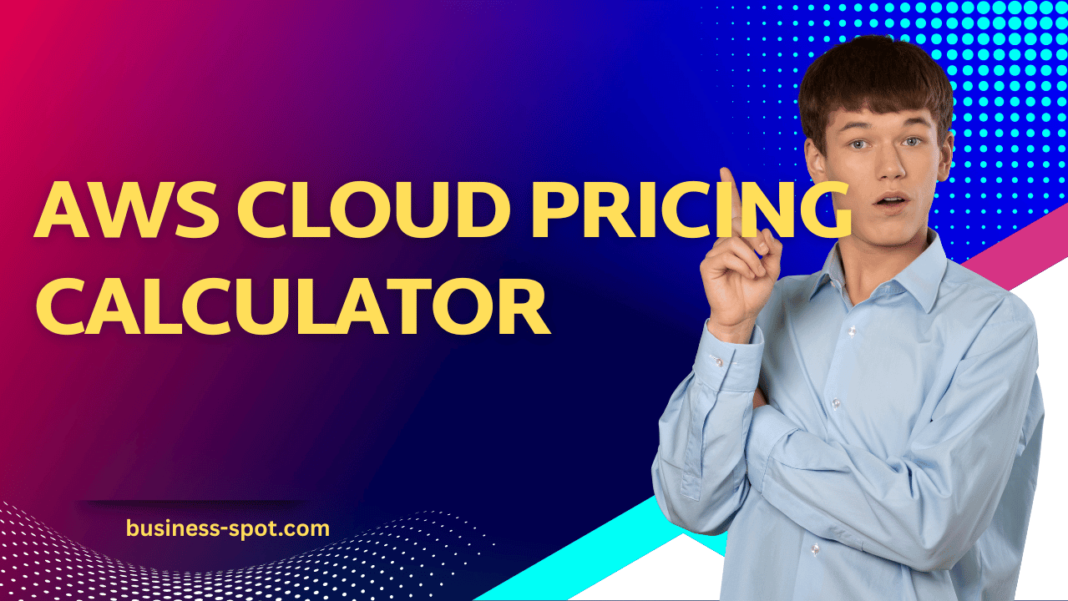Managing cloud costs effectively is crucial for businesses using AWS services. The AWS Pricing Calculator is a powerful tool that helps estimate and optimize cloud expenses based on your specific usage needs. In this guide, we’ll explore how to use the AWS Cloud Pricing Calculator efficiently, its key features, and best practices for cost estimation.
Table of Contents
What Is the AWS Pricing Calculator?
The AWS Pricing Calculator is an official tool provided by Amazon Web Services (AWS) that helps users estimate costs for different AWS services. It allows businesses to model pricing scenarios based on expected workloads, helping them make informed budgeting and architecture decisions.
Why Use the AWS Pricing Calculator?
Accurate Cost Estimations – Get detailed price breakdowns before deploying workloads.
Custom Configurations – Customize storage, compute power, and networking to match your needs.
Comparing Pricing Options – Compare different AWS service configurations to find the most cost-effective solution.
Forecasting and Budgeting – Plan your cloud spending more efficiently.
How to Use the AWS Pricing Calculator
Step 1: Access the AWS Pricing Calculator
Visit the official AWS Pricing Calculator at https://calculator.aws/. You don’t need an AWS account to use it.
Step 2: Choose the AWS Services You Need
AWS offers a wide range of services, including:
- EC2 (Elastic Compute Cloud) – Virtual servers for hosting applications
- S3 (Simple Storage Service) – Scalable cloud storage
- RDS (Relational Database Service) – Managed database solutions
- Lambda – Serverless computing
- EKS (Elastic Kubernetes Service) – Managed Kubernetes clusters
- Simply click “Create estimate” and select the AWS services you want to estimate.
Step 3: Configure Your Services
Once you’ve selected a service, customize your configuration based on:
Instance type & size (for compute services like EC2)
Storage capacity & retrieval options (for S3 and databases)
Networking costs (data transfer and bandwidth usage)
Reserved vs. On-demand pricing (choosing cost-effective billing options)
Step 4: Review and Analyze Your Estimate
After configuring services, the AWS Pricing Calculator will display a detailed cost breakdown.
You can:
Compare costs between different configurations
Identify potential savings with Reserved Instances and Savings Plans
Export estimates for internal budgeting
Step 5: Optimize Costs and Save Money
To minimize cloud costs, consider these cost-saving strategies:
- Use AWS Savings Plans & Reserved Instances for long-term workloads
- Right-size your instances to avoid over-provisioning
- Utilize Auto Scaling to match demand dynamically
- Take advantage of AWS Free Tier to reduce expenses on eligible services
AWS Pricing Calculator Example: Estimating EC2 Costs
Let’s say you want to estimate the cost of running an m5.large EC2 instance (2 vCPUs, 8 GB RAM) in the US East (N. Virginia) region for one month.
- Open the AWS Pricing Calculator and choose Amazon EC2.
- Select On-Demand or Reserved Instance based on your preference.
- Choose m5.large under instance type.
- Configure storage, networking, and estimated running hours.
- The tool calculates the total monthly cost based on your input.
For example, an On-Demand m5.large instance may cost around $70 per month, while a 1-year Reserved Instance could lower costs to $40 per month.
Final Thoughts: Why the AWS Pricing Calculator Is Essential
The AWS Pricing Calculator is a must-have tool for businesses looking to control cloud costs and avoid unexpected billing surprises.
By using this tool effectively, you can:
Plan cloud budgets with precision
Optimize service configurations for cost savings
Compare multiple pricing models for better decisions
Take advantage of the AWS Pricing Calculator today and make your cloud spending smarter, not costlier.














